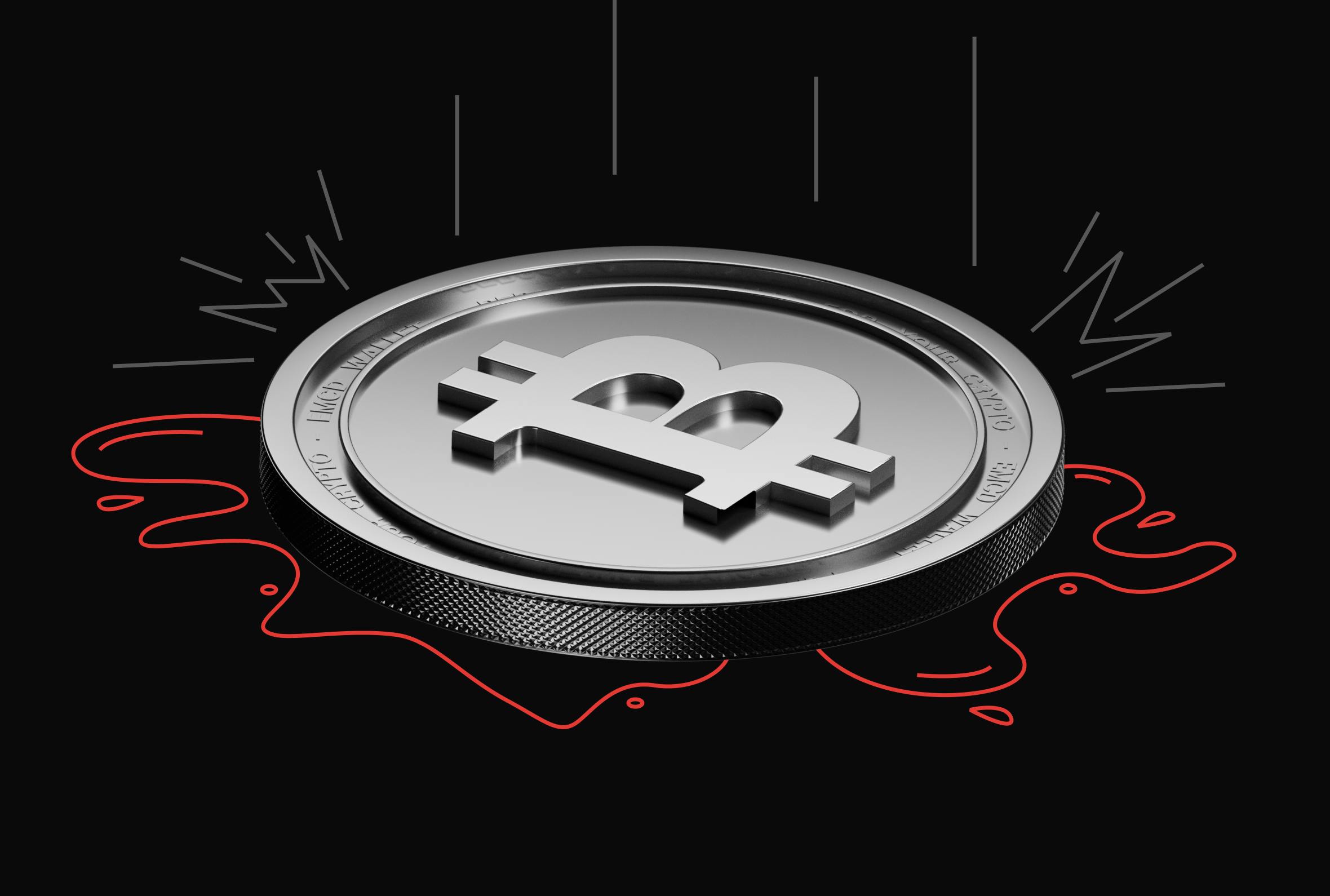Crypto promises wealth and freedom. But sometimes, it costs people their lives…
These are five real stories where being involved in crypto wasn’t just financially risky — it was fatal. Not because of bad trades, but because of kidnappings, threats, and murder
Since 2018, there have been over 150 documented cases of crypto-related kidnappings, “wrench attacks,” and violent extortion attempts across North America, Europe, and Asia. In 2025 alone, 7 high-profile abductions were reported in France, including cases involving physical mutilation and ransom demands of up to €10 million.
Financially, the numbers tell an alarming story. In 2023, total crypto ransom payments reached
Let’s take a closer look at five high-profile tragedies that expose the deadly intersection of money, privacy, and risk in the crypto world.
Kidnapped and Killed for Bitcoin in Kyiv (July 2024)
In July 2024, news broke that a 29-year-old crypto investor had been kidnapped and murdered in Kyiv. According to BeInCrypto Russia, the victim was lured through social engineering — a fake meeting involving a car rental, where attackers posed as clients or partners. Once inside the vehicle, he was taken to an unknown location.
His captors demanded access to his crypto holdings — about 3 BTC. That’s not a fortune by crypto standards, but in Ukraine, it’s well above the average yearly salary. The attackers were prepared. When the victim refused to give up access to his wallet, he was killed.
The killers were arrested within a few days. But what stands out is the method: premeditated, organized, and directly targeting a crypto user. This wasn’t a random mugging. It’s a reminder that once someone knows you’re holding crypto, especially self-custodied assets, you’re exposed — not digitally, but physically.
Murder of Antonio Vinicius Lopes Gritzbach (Brazil, November 2024)
Antonio Lopes Gritzbach was a Brazilian entrepreneur working with Bitcoin and reportedly linked to over-the-counter crypto operations. These kinds of OTC businesses are often used to convert large amounts of crypto into fiat discreetly. And in Brazil, the line between OTC and money laundering is often razor-thin.
According to The Guardian, Gritzbach had been cooperating with prosecutors on a high-profile money laundering case. His death wasn’t random. He was shot multiple times in broad daylight, near the Guarulhos International Airport in São Paulo. Surveillance footage showed a car slowly trailing him before someone opened fire.
Some local sources suggested Gritzbach had inside knowledge of crypto flows used by drug cartels and political interests. While these claims were never confirmed, it’s clear he wasn’t just an average Bitcoiner. His death shows the dangerous overlap between crypto and organized crime, especially in regions where the legal framework is still catching up.
Death of Nikolai Mushegian — DeFi Pioneer or Target? (Puerto Rico, October 2022)
Nikolai Mushegian was no stranger to crypto insiders. He co-founded
In the months leading up to his death, Mushegian had been tweeting erratically about being followed, bugged, and targeted by intelligence agencies. The tweet that shocked everyone came just hours before his death: he claimed the CIA, Mossad, and others were running blackmail operations and were planning to torture him. A few hours later, he drowned near Condado Beach, Puerto Rico. No foul play was found — but the beach was known for strong rip currents, and he was a strong swimmer.
BeInCrypto and others covered the story, sparking endless speculation. Was it suicide? Was it paranoia turned real? Mushegian had been working on privacy-preserving tools and alternative financial systems — things that do challenge state power. Whether or not there’s more to the story, the crypto world lost one of its most brilliant and troubled minds.
Tiantian Kullander — Young Billionaire, Sudden Death (Hong Kong, November 2022)
Tiantian “TT” Kullander was just 30 years old when he passed away in his sleep, with no clear medical explanation. He co-founded
TT was also a former trader at Morgan Stanley and a rising star in global finance. His death shocked the industry. Changelly reported the cause as “unexpected” with no further details.
What spooked many wasn’t just the timing, but the pattern: his death followed the collapse of FTX by just days. Several other crypto executives died within the same 12-month window — including Nikolai Mushegian and Vyacheslav Taran. Online forums and Telegram groups exploded with theories, though no link has ever been confirmed.
This case shows how little we know about what happens at the top of crypto finance — where money moves at speed and under intense pressure. Whether TT died of natural causes or something more complex, it left a massive hole in one of Asia’s biggest Web3 firms.
The Stabbing of Bob Lee — Tech Icon with Crypto Ties (San Francisco, April 2023)
Bob Lee was a Silicon Valley legend. He helped build Android at Google, launched Square’s Cash App, and was an early backer of many startups. In recent years, he got deep into crypto, joining the MobileCoin project — a privacy-focused coin aimed at messaging apps like Signal.
In April 2023, Bob was stabbed to death in downtown San Francisco. The case made headlines because of who he was — not just a tech guy, but a powerful connector in both crypto and finance. Initial theories included robbery or a possible crypto deal gone wrong. But police later arrested a suspect known to Bob personally.
Even though the motive turned out to be personal, the crypto world didn’t ignore the context. BeInCrypto and others noted how the killing fueled wider concerns: if someone like Bob Lee isn’t safe, how safe is anyone building cutting-edge tech that challenges traditional systems?
How to Stay Safe in Crypto
Crypto puts you in control, but that control comes with visibility — and visibility attracts risk. Criminals, extortionists, even governments are watching the space more closely than ever. If you hold significant assets or work on high-profile projects, you need to think about your security the way a public figure or whistleblower would.
Don’t talk publicly about your holdings, not even in passing on Telegram or Twitter. Avoid connecting your real name to wallets or exchanges. Use aliases where possible, and treat your online identity as something separate from your real life. Store most of your assets in cold wallets, and never in one place. Use techniques like splitting keys or multisig to limit exposure. Backups should be offline, encrypted, and stored in more than one secure location.
Be cautious with who you meet in the crypto space. Some attacks have started with what looked like harmless business conversations. Assume your messages could be read and your devices compromised. Use end-to-end encrypted tools like Signal or Session, and stay alert in both physical and digital environments.
Most importantly, remember this: blockchain isn’t anonymous. Even if you’re operating legally, once you’re in the public eye — as a developer, founder, or even a well-known trader — the risk of being targeted increases dramatically.
Is Crypto Worth the Risk?
The five stories mentioned earlier aren’t rare exceptions. They’re warning signs. In crypto, people have been extorted, abducted, and in some cases, killed — not because they ran scams, but simply because they were visible and valuable.
This space offers freedom, but that freedom comes with real-world threats. As crypto becomes more traceable and more mainstream, your personal security needs to evolve just as fast.










